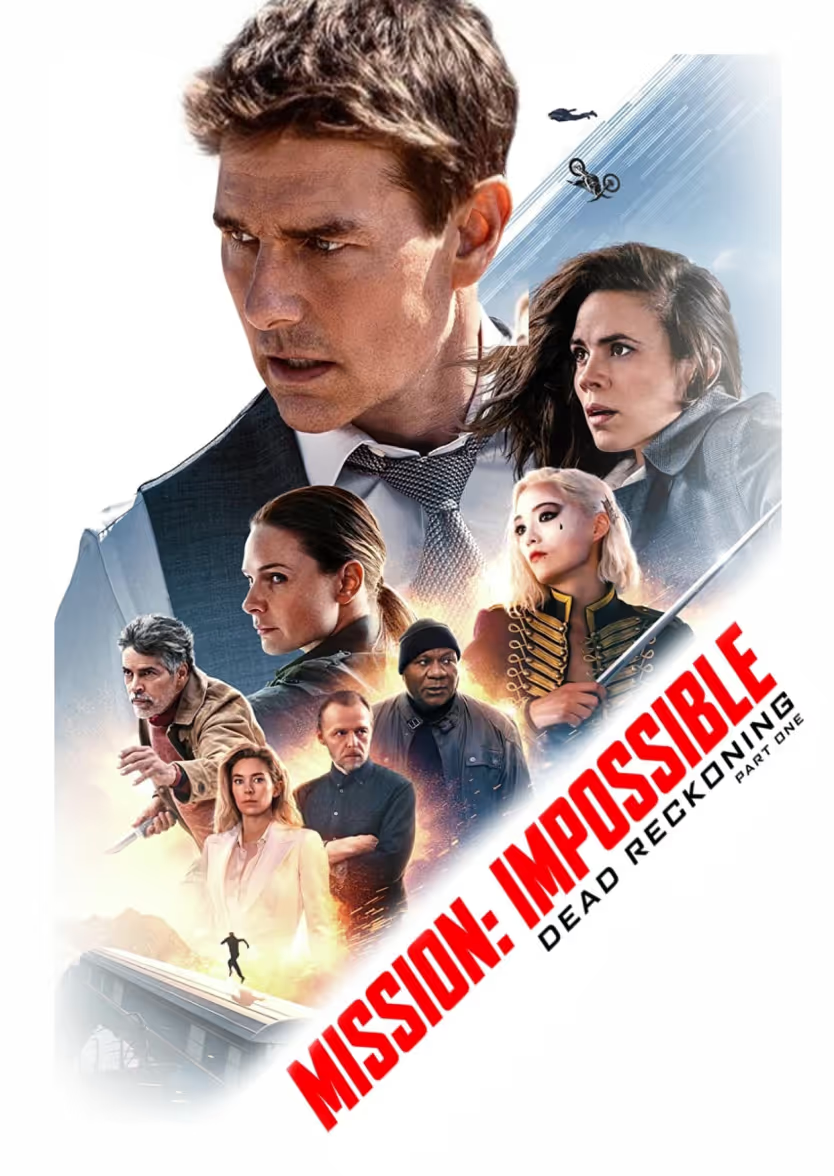Location scouting is a crucial part of pre-production. The right location literally “sets the scene” for your project, but the wrong one can be a logistical and creative nightmare.
We’re going to walk you through why location scouting is so important and some tips to help you find the perfect location for your project each and every time.
Why is Location Scouting Important?

Location scouting is about more than just finding the right room or park for a specific scene. Location scouting allows key members of the crew to walk through the space they want to shoot in and ensure it not only looks great but can support the needs of the shooting crew and cast.
It also is a great time to uncover any potential problems with the location, such as lack of adequate lighting or power.
10 Tips to Find The Perfect Location For Your Next Scene
Tip #1: Use the script as your guideline.
While this may seem obvious at first blush, the script holds the most important information when it comes to finding the right location to shoot a certain scene. Each and every noteworthy element must be considered.
Is the shoot a period piece? Does it take place in a certain kind of park in a certain part of the world? What elements does the writer describe being included in the space the scene takes place? What time of day is it supposed to be?
Carefully review every part of the script so that you can go into your location scout with a solid picture of exactly what kind of location you’ll need for each scene you’re planning to shoot.
Tip #2: Account for the weather and seasons.
This is especially important if you’re shooting a scene outdoors, as a sunny summer day becomes incredibly difficult to film in the middle of a snowstorm, but it’s also important to keep in mind for interior locations as well. If the location is at the top of a steep hill in an area prone to snow or regular heavy rainfall, getting your crew in and out safely and efficiently may be problematic.
You’ll also want to check the weather reports in your desired location for the days you’re planning to shoot to see if any bad weather may be on the horizon.
Tip #3: Check for power sources and wattage limits.
If there's one thing that nearly every camera crew needs, it's electricity. Whether you just need to pop a few battery chargers on to charge or you're powering 10,000-watt lights, you're going to need to get electricity from somewhere.
Carefully evaluate where power sources are located at your chosen location and consider whether or not you'll need to supply additional power via a generator.
Tip #4: Note all light sources.
Shooting in a loft with floor-to-ceiling windows is very different from shooting in a windowless basement, so you'll want to note exactly where light enters your chosen location (if it does at all).
And speaking of floor to ceiling windows, if you're shooting outdoors or in a location with lots of windows, you'll want to make a note of the position of the sun at different times of the day, as this can drastically affect what angles will be usable at what times the day of the shoot.
Create together remotely, in real time

Tip #5: Listen carefully.
At some point on the scout, have everyone stand very still and just listen. Microphones are extremely sensitive to all noise, and you'll want to get a sense of how noisy your filming location really is.
Listen for nearby trains, planes, or traffic noises that may become apparent in the space. Check for nearby construction sites or other noisy neighbors.
Tip #6: Evaluate load-in and load-out logistics.
You may have the perfect place to shoot, but you’re going to need to get all the people and equipment there to do it. If you’re shooting with a large crew, this becomes especially crucial.
Nothing slows down a shoot faster than a single, tiny, extremely slow elevator. Look for all points of entry and exit and devise a rough plan for how you would get your crew and equipment in and out of the location efficiently.
Tip #7: Think outside the scene.
More happens on a shoot than just shooting the scene. You’ll need to consider where all the people and equipment that aren’t inside the frame are going to go. You’ll also need to provide your cast and crew with suitable places to eat and use the restroom.
Make sure to account for the size of your cast and crew and the amount of gear you'll be bringing to the location, and ensure that everyone has enough elbow room to get their jobs done properly.
Tip #8: Find out what permits may be required.
With private property, you may be able to get away with just a direct agreement with the owner, either with or without a fee. In more public spaces, however, you may need one or more film permits filed with the local government bodies to be able to legally shoot there.
Do your homework carefully, as the illegal use of an area can bring your shoot to an abrupt end when the local police stop by.
Tip #9: Consider any additional scenes that could be shot nearby.
Shooting several scenes at locations in roughly the same area can save tons of time and money for your shoot. While you’re on location for one scene, look around and see if there are any other specific areas that could be used for additional scenes.
Make sure to keep checking off these tips for each location you scout.
Tip #10: Take detailed notes.
Never rely strictly on memory when it comes to location scouts. Oftentimes, you only get one visit to the site before the day of the shoot, so taking detailed notes about the location and its features is vital to ensuring a smooth and successful shoot.
Things to Keep in Mind While You're Looking at Potential Locations

To summarize the basics of location scouting, here are the things you should always keep in mind when scouting any location:
- Does this location meet the demands of the script?
- Will weather inhibit the shoot?
- Are there enough power sources to meet our needs?
- Does the location have too much or too little light?
- Is it free of any major sound issues, such as nearby airports?
- Is it easy to access with large equipment?
- Is there enough space to store equipment and move around freely?
- How will we provide the necessities of life, such as bathrooms, for the cast and crew?
- What will it cost to shoot here, and what permits/permissions may be required?
- Can we shoot any additional scenes at this location?
Location scouting can be time-consuming and tedious work, but if done properly, it can set your cast and crew up for success. And seriously, make sure you have enough bathrooms, and they're close by. Don't say we didn't warn you.
If you’re struggling to work closely with your filmmaking team and clients, if you're not able to stay chained to the edit desk, check out Evercast. Evercast allows you to stream your edit sessions in HD while video chatting and exchanging notes with your team, all under one platform. It works with any popular filmmaking software and will allow your team to work together seamlessly through every step of the creative process.















.avif)









.avif)


.avif)